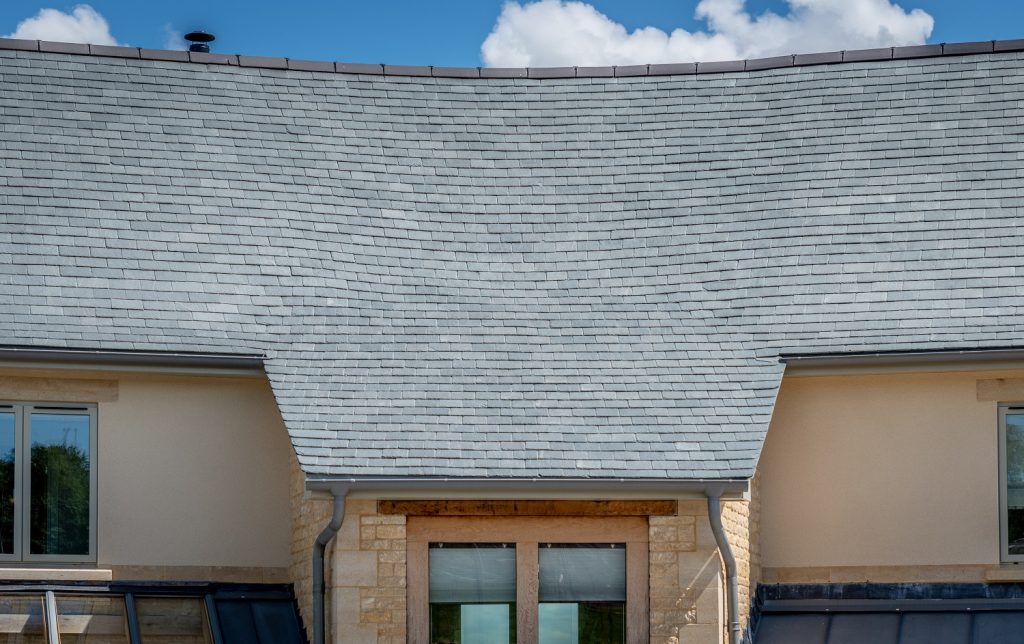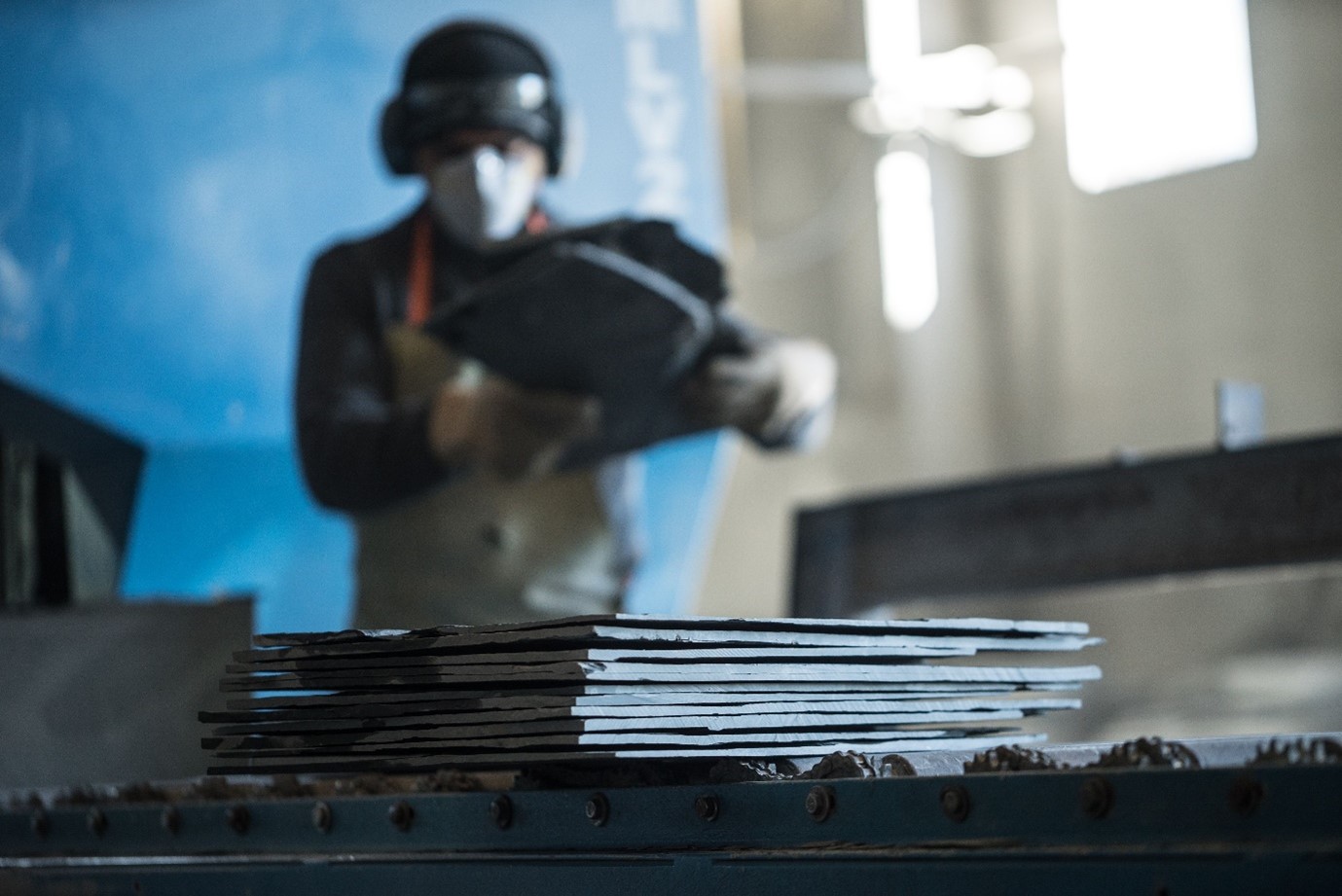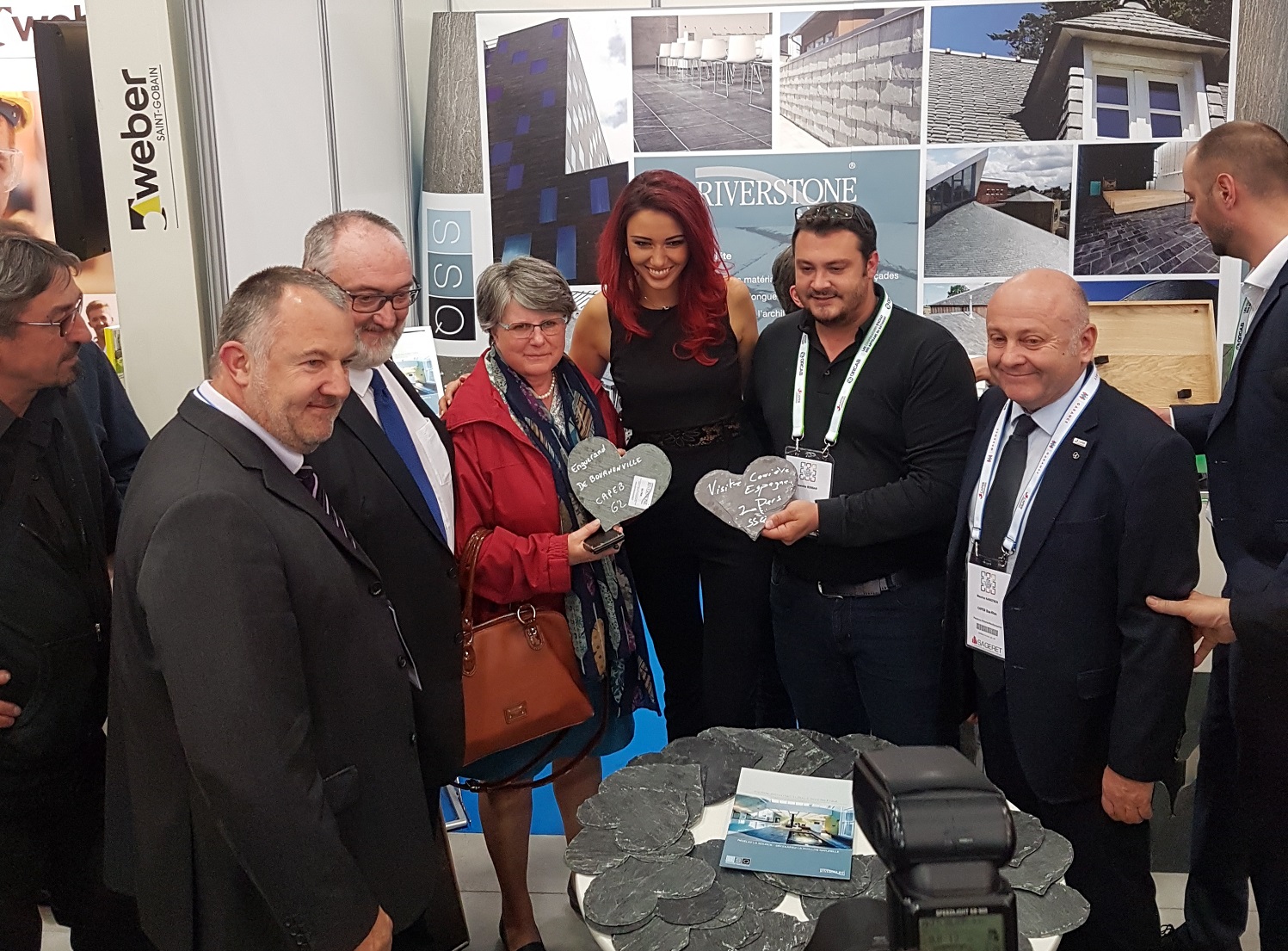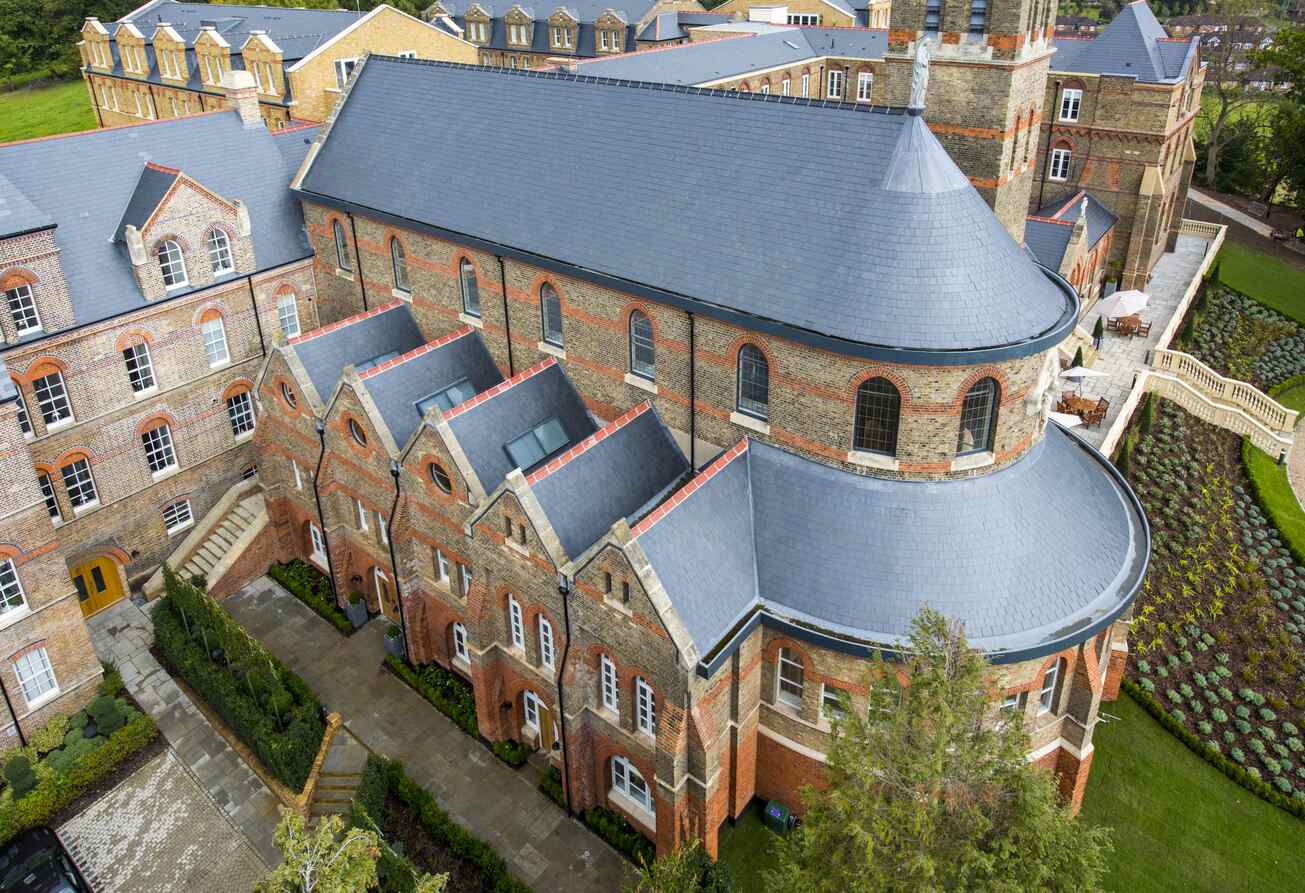
As an architect, you understand the power of a well-chosen material. Specifying the right roof isn’t just about aesthetics – it’s about ensuring longevity, low maintenance, and environmental responsibility.
Phyllite, thankfully, ticks all the boxes – and while it’s not as well known as slate, it’s quickly becoming one of the most sought-after materials of its kind.
It offers lifespans of over 100 years, low maintenance, it’s aesthetically pleasing, and it’s got a long track record of being approved by planners and conservation officers.
How do you know a slate or phyllite offers quality?
Look for material with minimal water absorption. Water getting into cracks can freeze, expand, and damage the slate. Opt for “W1” rated slate, which absorbs less than 0.6% of water.
Too much chalk (calcium carbonate) can lead to unsightly white patches and flaking over time. “S1” material has the lowest chalk content, making it the most desirable choice.
Pyrite, also known as fool’s gold, can react with oxygen and cause rust. This not only looks bad but can weaken the material. “T1” rated slate has a low risk of rusting or changing colour.
For ultimate protection, consider slate tested to the rigorous French standard “NF 228.” Unlike British testing, which relies on quarry-submitted samples, NF 228 tests the slate directly at its source.
Interested in learning more? Our CPD delves into the benefits that make slate and phyllite stand out. Get in touch to book your place!
For more information email info@ssq.co.uk, or call 020 8961 7725.


